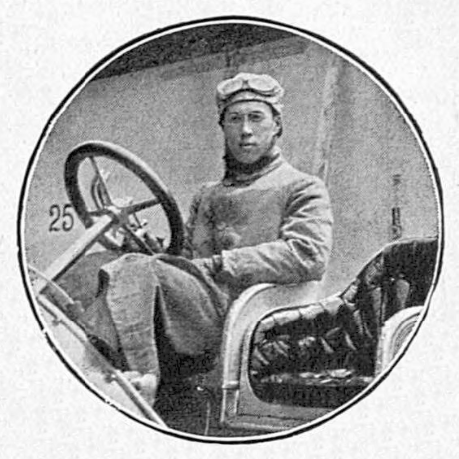
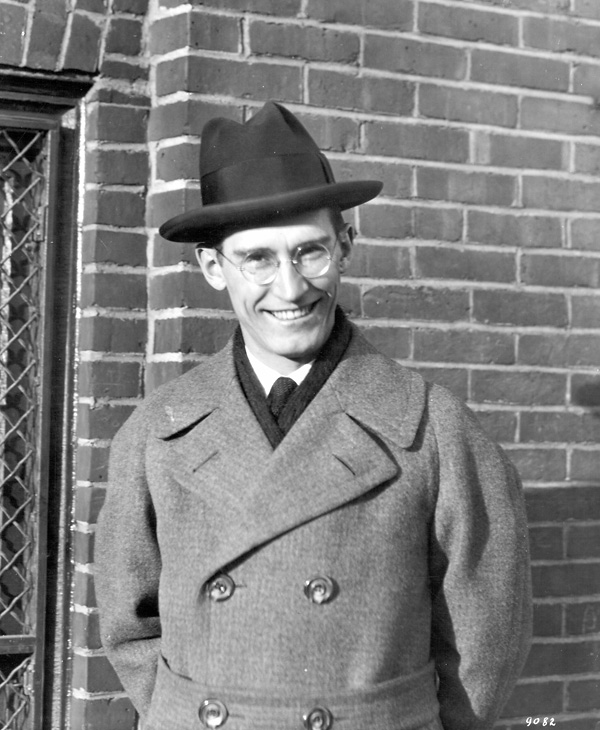
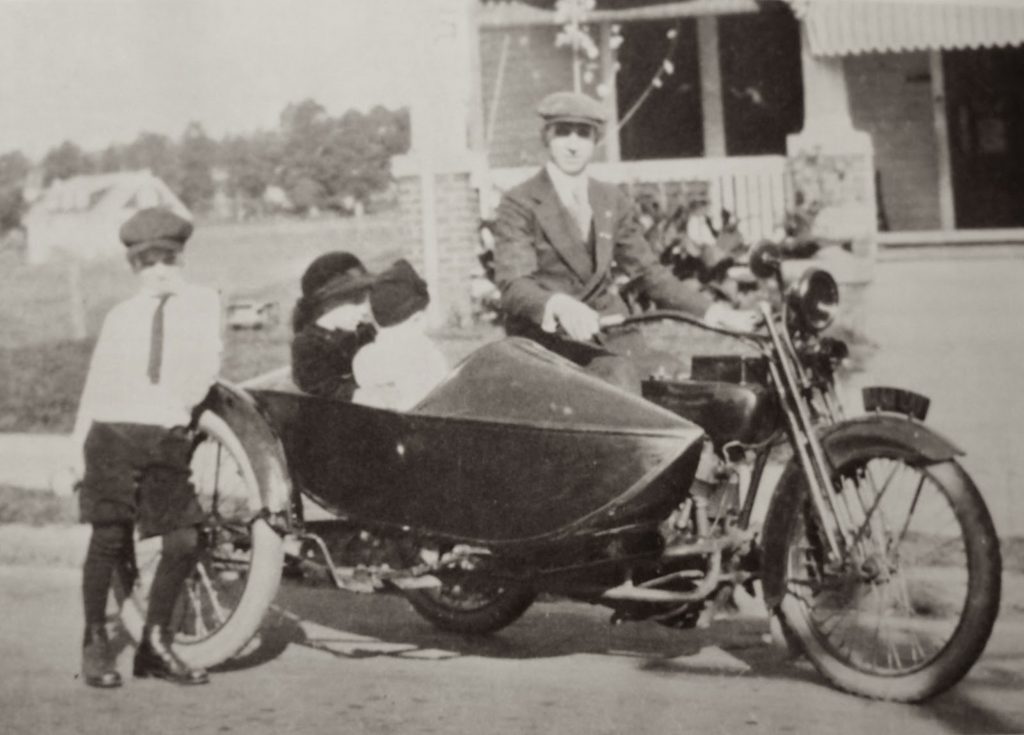
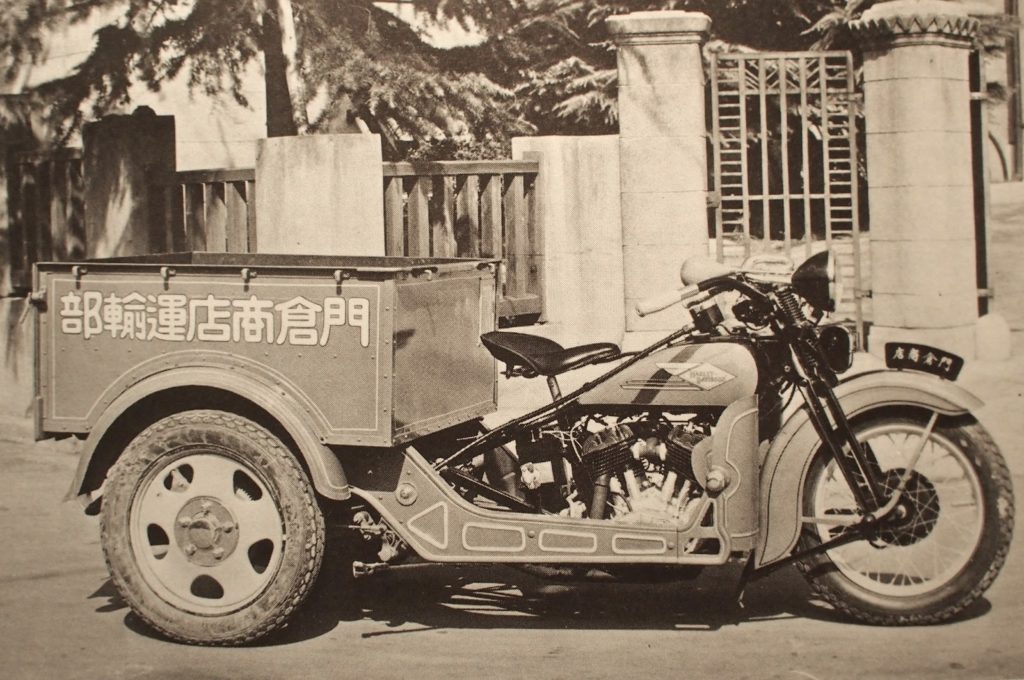
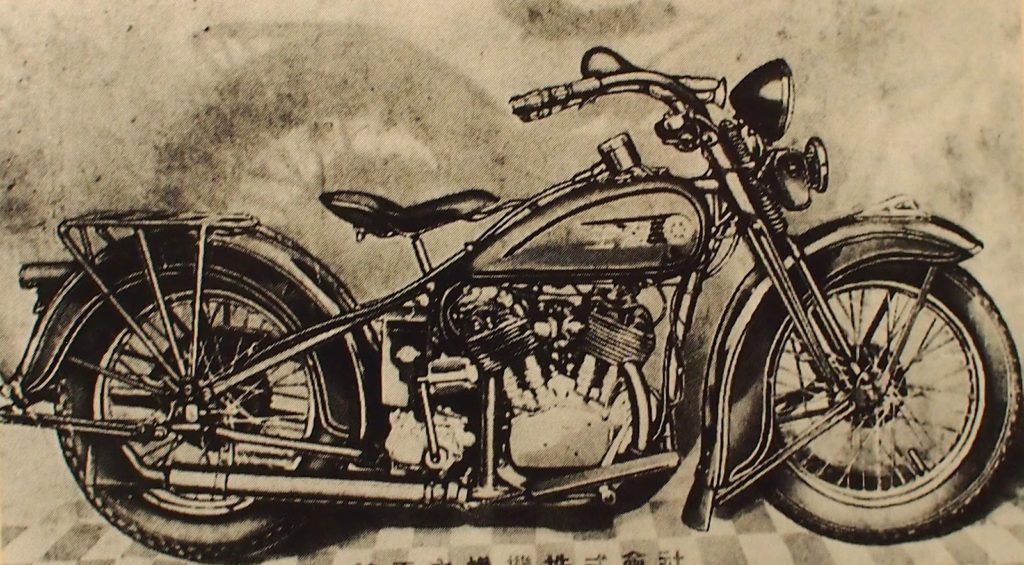
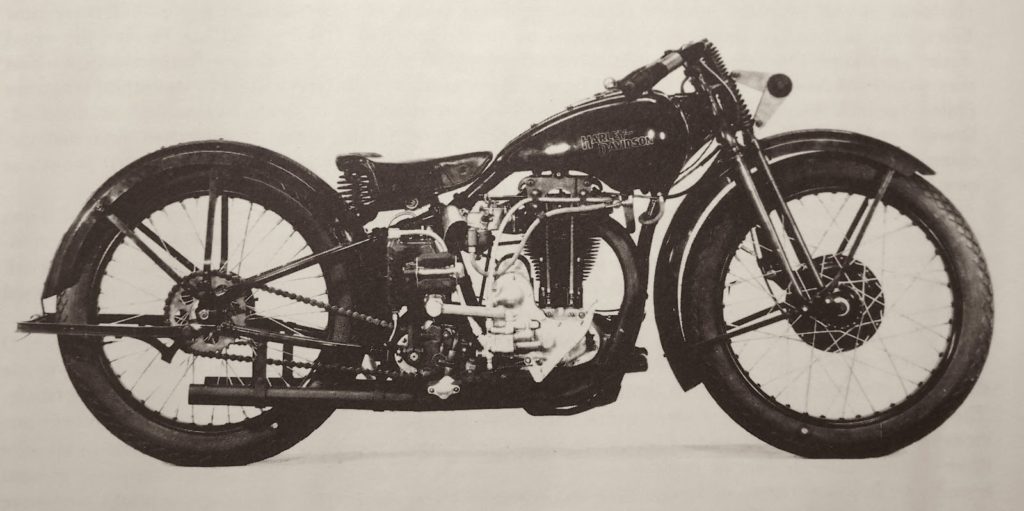
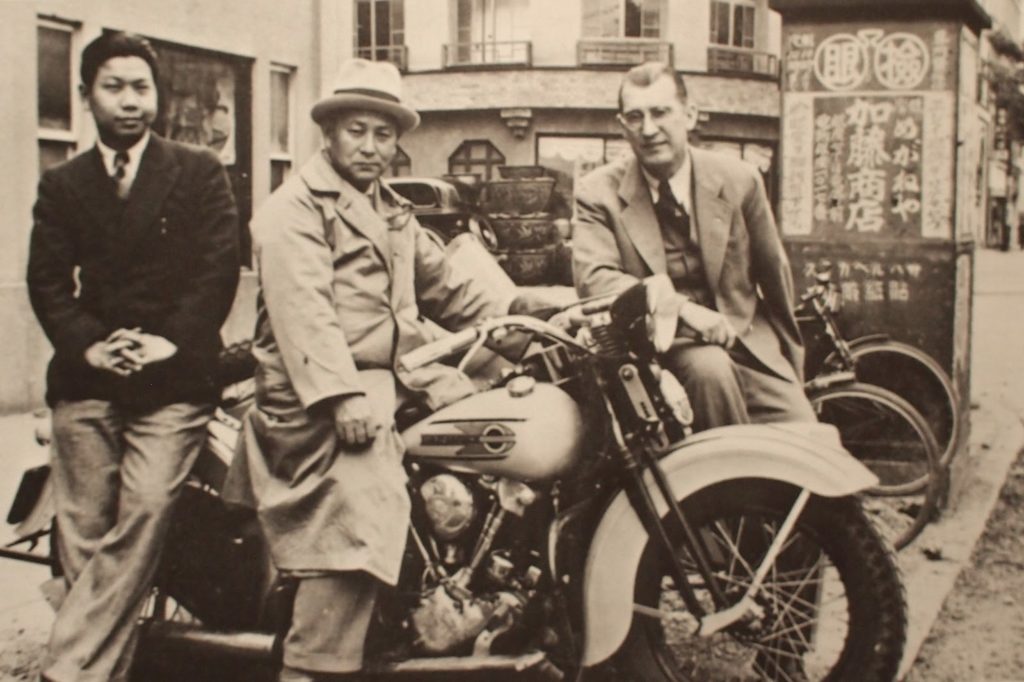
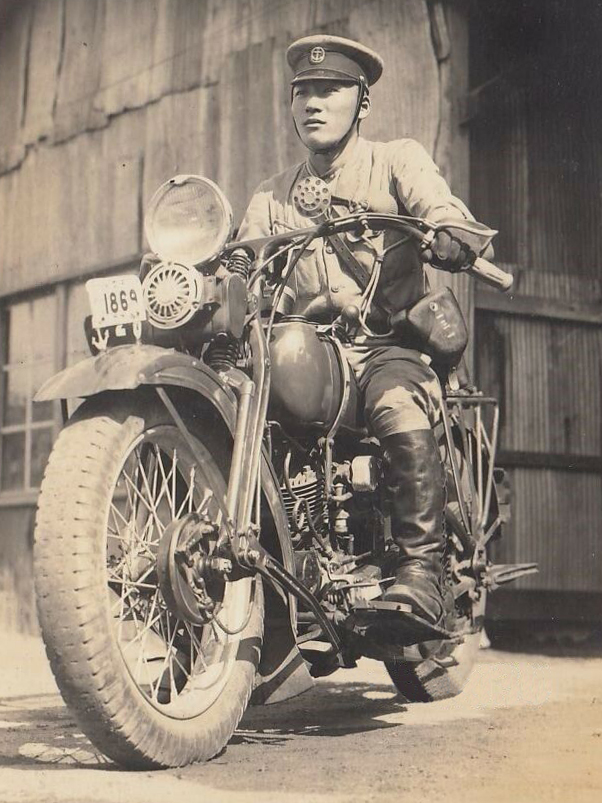
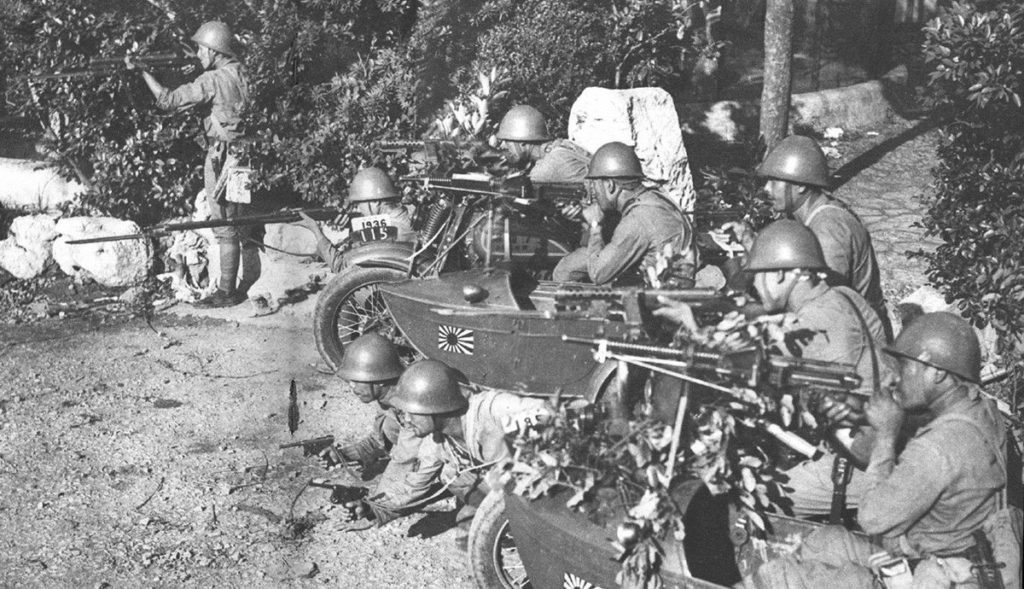
– ‘A Century of Japanese Motorcycles’, by Didier Ganneau and Francois-Marie Dumas, which is to date the only comprehensive English-language book covering all years of the Japanese motorcycle industry. Given the market dominance of Japanese motorcycles since the 1960s, this is a remarkable poverty of books, compared to every other nation’s motorcycling contribution. Photos scanned from here are listed as (Iwatate). It’s a must-own book!
– ‘Japan’s Motorcycle Wars’, by Jeffrey Alexander, was reviewed in The Vintagent here. An excellent dissertation, admittedly not a ‘bike book’ per se, but full of good stuff.
– ‘Harley Davidson’ by Harry Sucher, for the Rikuo story; the first complete history of the H-D marque, with much info from people who were still alive in the early days. Extremely informative. Photos listed as (Sucher).
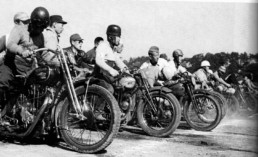
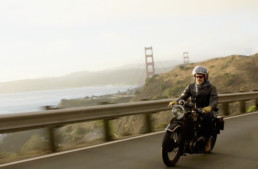
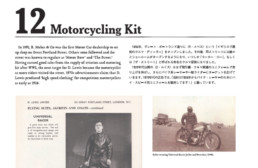
got all exited, thought it was the HD XA (BMW CLONE)! There is one in the Transportation Museum of America- Polson Mt (south end of Flathead Lake, enroute to Kalispell )
I live in Japan and ride an FXDC, having this story really brings it home for me. Great write up, and the photos are uncanny.
He is my great grandpa
Hi smelly cousin. I hope you enjoyed this article about our Great Grandpa. I thought it was amazing. I want to learn the rest of the story. Be well!
Gents,
The foregoing was very interesting . The undersigned is an old “hog” rider, beginning with a 1930 vintage 80 VL, which was in excellent condition when I bought it for less then $100 in 1950. It never gave me any trouble, which is more than I can say for the two little Indians I’d owned previously and the “61” and “74” that followed the VL. I had no Idea the VL had such a successful service history in Japan. However, I was based there during the occupation and often wondered why so many motorcycles looked like H-Ds. I had jeeps while in Japan and did no biking there, due mainly to the lousy roads around old Tokorozawa air base where I was attached to an army engineering unit. My last Harley was a K Sportster. Later I worked between Lockheed gigs for Floyd Clymer who could still ride a motorcycle backward in his seventies. Floyd started selling cars in 1910 and was an automotive publisher who’d once been a H-D distributor. We tested on the average two or three new m/c’s a month when I was the editor of “Cycle” magazine.
Live in Japan, ride both HD’s and vintage Rikuo’s. I first heard about Rikuo from my Japanese friend when I was in high school back in US. When I bought my house with huge garage in Japan, started collecting vintage bikes. Thought when in Japan, why not ride Rikuo’s. I have both sidecar VF model and 750 RT model. They both ride like tractors but really fun to ride. More people should hear about this story and more of HD history.